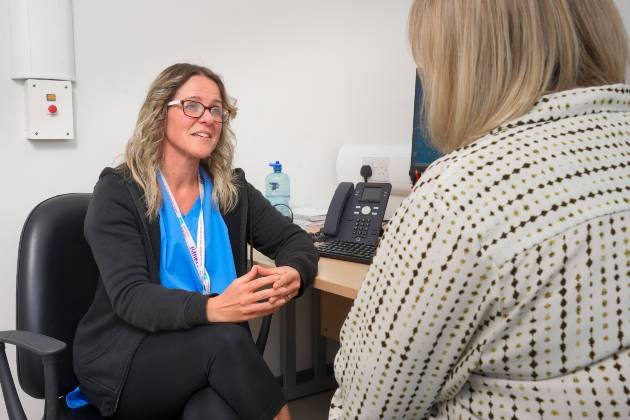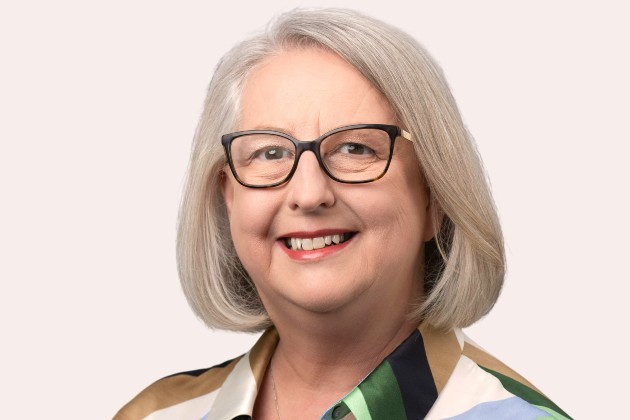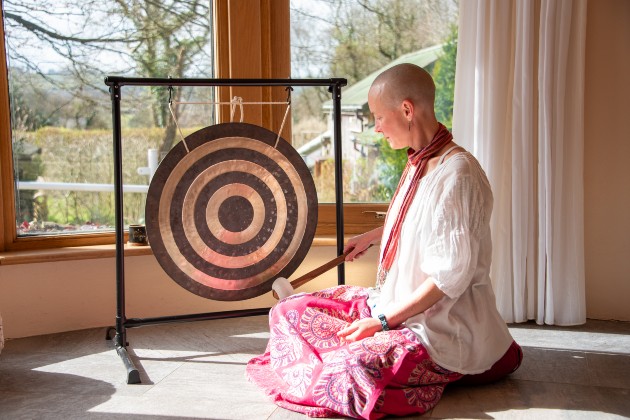In the quiet hum of hospital corridors, nursing staff often slip into the shadows – present, essential, yet sometimes unseen. Curator Kate Forde wanted to change that. Her exhibition brings them into the light, placing their stories, their artistry, and their resilience at the very centre of the frame.
The Art of Nursing exhibition is on display now at RCN headquarters in London and running until 31 December 2027. Through historical and contemporary artwork, it focuses on how art and nursing are interlinked, in ways that might surprise the viewer.
I wanted to present art about nursing staff, by nursing staff
The exhibition’s tagline is: creativity, resistance, renewal. Nursing as a career demands you think on your feet and update the way you work, at times doing so while being met with resistance.
“When I began researching art and nursing, I saw how often nursing staff are expected to lose themselves in patients’ needs. I wanted instead to place them firmly at the centre of the frame – presenting art about them and by them. Each piece tells a different story, enriching our understanding of who nurses are, what their work entails, and how it’s valued,” says Kate.
Sketching surgeries
Ji Sun Sjogren is a scrub nurse at East Kent Hospitals NHS Trust, but she’s also an artist. Ji Sun works from memory, finding drawing sharpens her “powers of observation” and provides valuable perspectives on the challenges of working in theatre.
It’s her workplace that inspires her artwork, and she’s produced a series of surgical sketches which are on display at the exhibition. Drawing also acts as a handy memory tool for Ji Sun.
“Being newly qualified and dyslexic, I worried a little about my abilities to remember everything I had to learn in a short time,” she says.
“As part of my reflective practice, I went around with a small book and began sketching to remind myself of the daily procedures, instruments, and even patient experiences. A drawing is easier to find than pages of writing.”
Art can expose what’s hidden within hospitals
The COVID-19 pandemic also changed things for Ji Sun. "In the thick of COVID, I extended these memory skills and created a sketch diary. As both scrub nurse and artist, I felt compelled to convey our experiences," she explains.
“The tricky bit was maintaining patient confidentiality, but I began creating scenarios, careful not to draw direct portraits, but instead concentrate on the environment without using photographs.
“It’s like telling a story. I use artistic licence – the reality will never be exact. Bodies obstruct objects that I know exist but are away from view, so I expose what’s hidden to give an idea of what happens inside theatre.”
City streets

Panagiotis Poimenidis has also appreciated art since his earliest days of nursing. He completed a foundation course in art therapy, but soon discovered he preferred using creativity for personal expression.
Now a charge nurse at Guy's and St Thomas' NHS Foundation Trust, Panagiotis brings a strikingly different medium to the exhibition: Polaroid photography. His series of four images grew out of an initiative by Athens’ National Museum of Contemporary Art during the COVID pandemic.
“For six weeks, the museum shared works from its permanent collection, inviting participants to respond creatively. I chose to capture moments through photography, pairing each image with a short poem,” Panagiotis recalls.
Art offers breathing space, to give form to feelings that can’t always be expressed verbally
The works reflect his ongoing exploration of identity – from the role of the queer community in workplaces and London’s artistic scene, to questions of national belonging. “What does the European flag mean to a Greek person after Brexit? Do I need a nationality to define myself, or is being a nurse, or artist, enough?”
For Panagiotis, art also provides a base that helps him navigate through the emotional weight of nursing.
“For me, creative practices support reflection, expression and connection. It's not just about making – it's about creating breathing space."

Other exhibitors include Caroline Walker, an artist who had a recent residency in the maternity department at University College London Hospital.
Caroline focused viewers’ attention towards varied interactions between staff and patients. She fuses inspiration from being an expectant mother herself, and, later, an artist.
Another highlight is LDN WMN: Mary Seacole 2, created by Heather Agyepong in 2018.
Inspired by the ancient woodland of Epping Forest, Heather reimagines Mary Seacole in a commanding position, symbolising her courage. Mary, the Jamaican-Scottish nurse who cared for soldiers in the Crimean War and drew on her deep knowledge of plant science, is brought vividly into focus here.
Together with other works, this piece underscores the exhibition’s purpose: to show how art both challenges and reinforces nursing stereotypes, while revealing nursing itself as an inherently artistic profession.
“It was a pleasure to curate this exhibition. It made me hopeful to discover more about how art is being integrated into nursing teaching and practice, and how it might play an even greater role in future. We hope you can come and enjoy it for yourself,” says Kate.
Find out more
- Take part in Inside Home, our new art installation on migration and nursing.
- Explore another exhibition we’re hosting – Prison Nursing Unlocked.
- All the details about the RCN’s Library, Museum and Heritage Centre.










